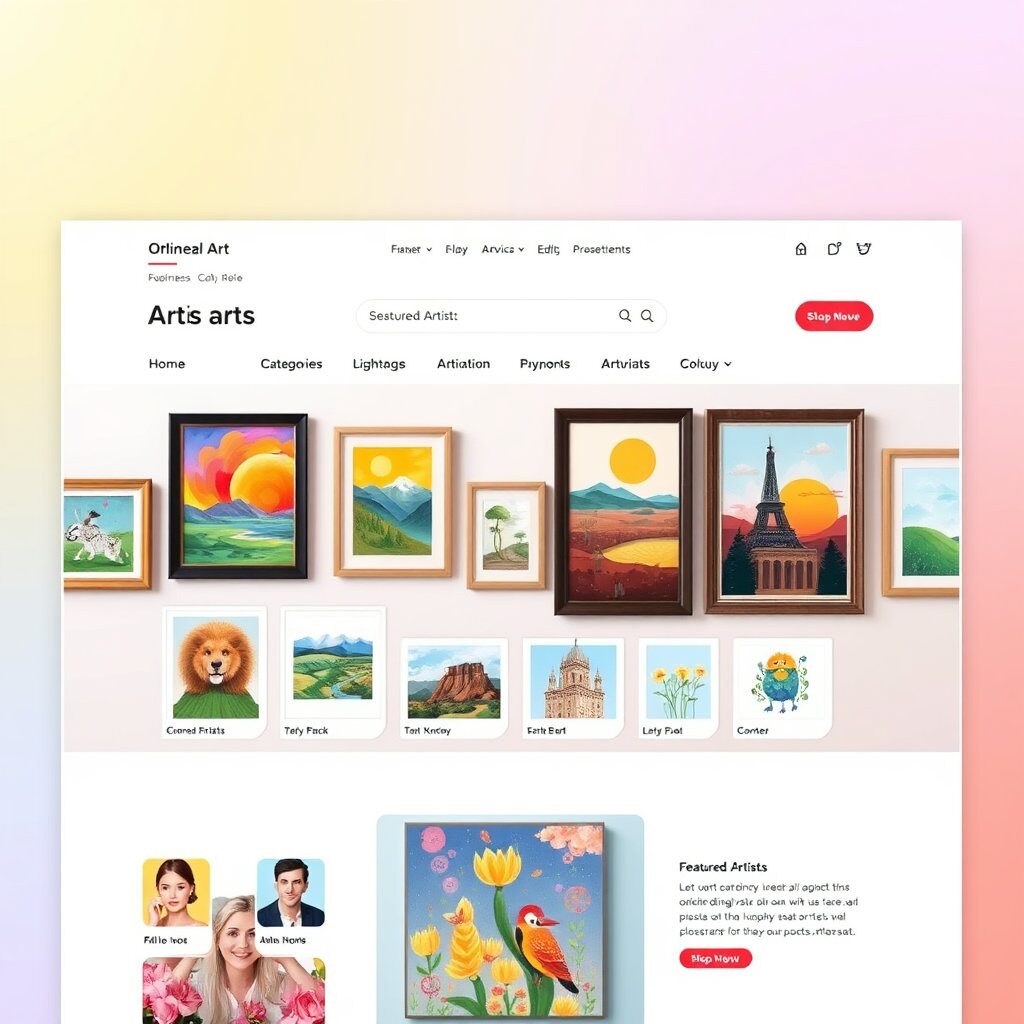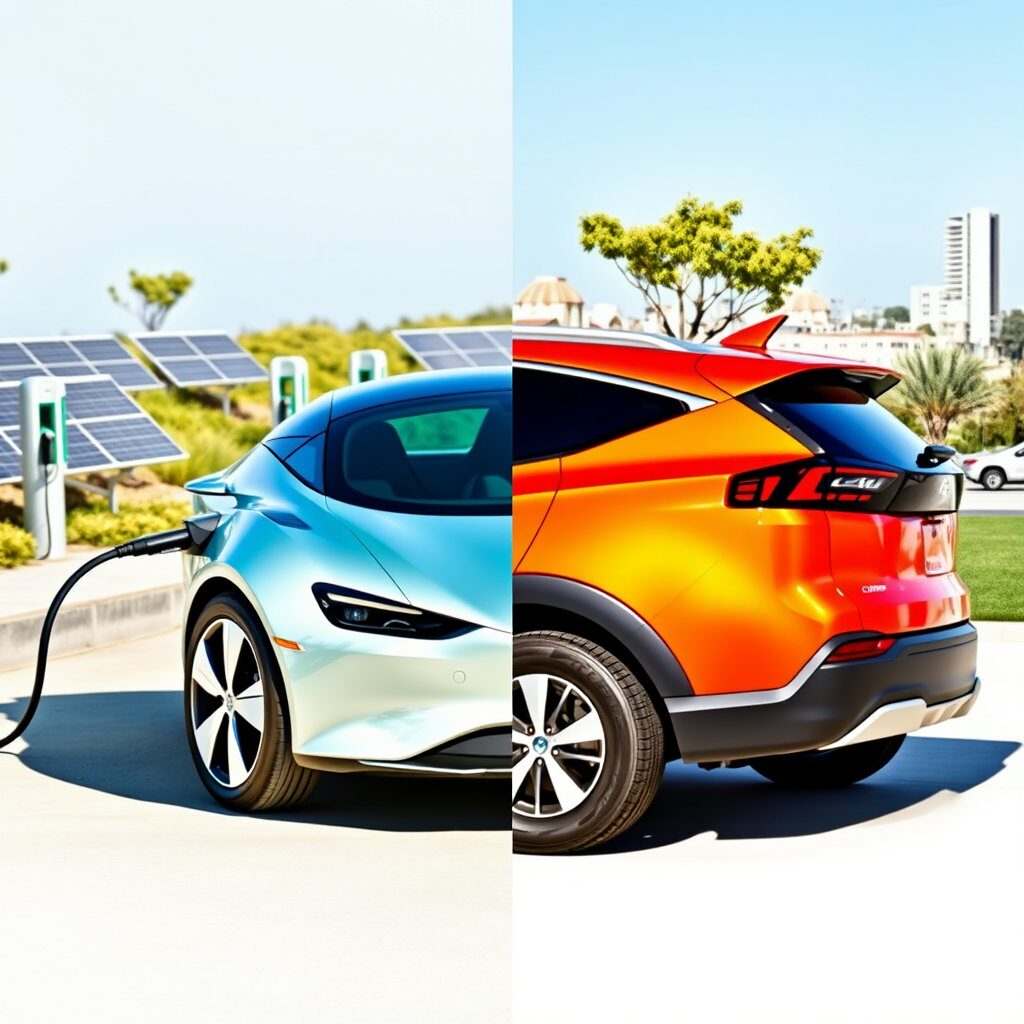With the development of the Internet and mobile environment, the center of the art trade is gradually shifting from offline galleries to online art sales platforms. Now, the era has opened where anyone as an artist can publicize and sell their work directly, and connect with collectors around the world. However, in order to sell art works online, it is not enough to simply put them on top of them. Search engine optimization (SEO) strategy is essential to properly expose works to potential customers amid the fierce digital market. In this article, we will cover in detail SEO-based online sales strategy and implementation method for artists and creators preparing to sell art online.
Why Online Art Sales Are Attracting Attention
Expand accessibility: You can purchase works without having to go to overseas galleries or famous art fairs.
Direct connection between writers and consumers: reducing the intermediate distribution stage to create reasonable prices.
The influx of diverse consumer groups: In the past, art purchases were limited to certain classes, but online made them easily accessible to the public.
In fact, the size of the global online art market is growing steadily as of 2024, and the number of cases of selling artworks on various online platforms such as Naver, Coupang, and Smart Store is increasing in Korea.
Types of online art sales platforms
To start selling online, you’ll need to think about which platform to use. Typical options are.
Professional art platforms: Global art markets such as Saatchi Art, Artsy, Artmajeur, etc
Commerce platforms: Naver Smart Store, Coupang Marketplace, etc
SNS-Based Sales: Instagram, TikTok, and Pinterest work well with visual-driven content.
Personal Homepage & Blog: Effective in building long-term brand value, it delivers strong results when combined with SEO strategies.
In particular, it is important to operate multiple platforms at the same time, but ultimately to encourage customers to remember and revisit the writer’s brand.

preparation process for online art sales
Selling a work of art online requires more than just posting it.
a photographing of a work
High resolution photography is a must.
Providing a full cut, detailed cut, and a mock-up of the work together can enhance the buyer’s understanding.
2. Create a detailed description
Write the title, size, material, and production year specifically.
Explaining the story of the work and the artist’s intentions can give the buyer a sense of trust.
3. Pricing
Strategies that start at a reasonable price and increase awareness are effective in the beginning.
It is recommended to set the price step by step based on the scarcity and size of the work and the materials used.
4. Branding and Marketing
Publicity using personal SNS, blogs, and YouTube is needed.
Increasing search exposure through SEO-based content marketing can expect a steady influx.

SEO Strategy for Online Art Sales
To promote and sell your work online, you need to take it one step further from putting it on. Making your work searchable is key, and helping you find it is SEO.
(1) Keyword Research
Keywords: “Online art sales,” “purchasing artworks,” “Modern art online,” “new artist works,” etc
Long-tail Keywords: “How to sell abstractions online,” “Purchase of oil paintings by private artists,” etc
In this way, the probability of search exposure increases only when writing work descriptions and blog content around keywords containing purchase intentions.
(2) Home page and blog optimization
The author’s personal website or portfolio blog is not just a space for introducing works, but it is the first gateway to meet customers through search inflows.
Insert keywords into ALT tags in the artwork image
Use keywords related to the times, techniques, and themes in the description of the work
Optimizing SEO meta description
(3) content strategy
Search engines prefer content with useful information to simple sales pages.
Introduction to the production process of the work
Storytelling related to a particular piece of work
Create a guide, such as “How to choose a painting that fits the interior.”
These contents increase search inflows while increasing customer confidence, increasing purchase conversion rates.
Success stories of online art sales
In Korea, emerging artists are gaining recognition through online platforms and selling their works to overseas collectors. For example, after consistently sharing the work process using Instagram, they enter the overseas market through Etsy or Saatchi Art. Also, there are many artists who make money by selling Korean won along with goods on Naver Smart Store.
Prospects for the Online Art Market in the Future
With the spread of AI image generation technology and NFT art, the art market is becoming more diversified. In particular, digital art and limited-edition printed works are very popular with young consumers, and the proportion of online sales is expected to continue to increase in the future.
Finish
The success of online art sales goes beyond simply creating good works. The key is how the work is exposed and how it connects with customers. By selecting keywords based on SEO strategies, publishing storytelling content, and optimizing the customer experience through various platforms, anyone can achieve stable online art sales.
I encourage you to put your work on your blog and platform today and apply the SEO strategy. It will be the beginning of the artist’s world becoming more popular and connecting with more customers.




